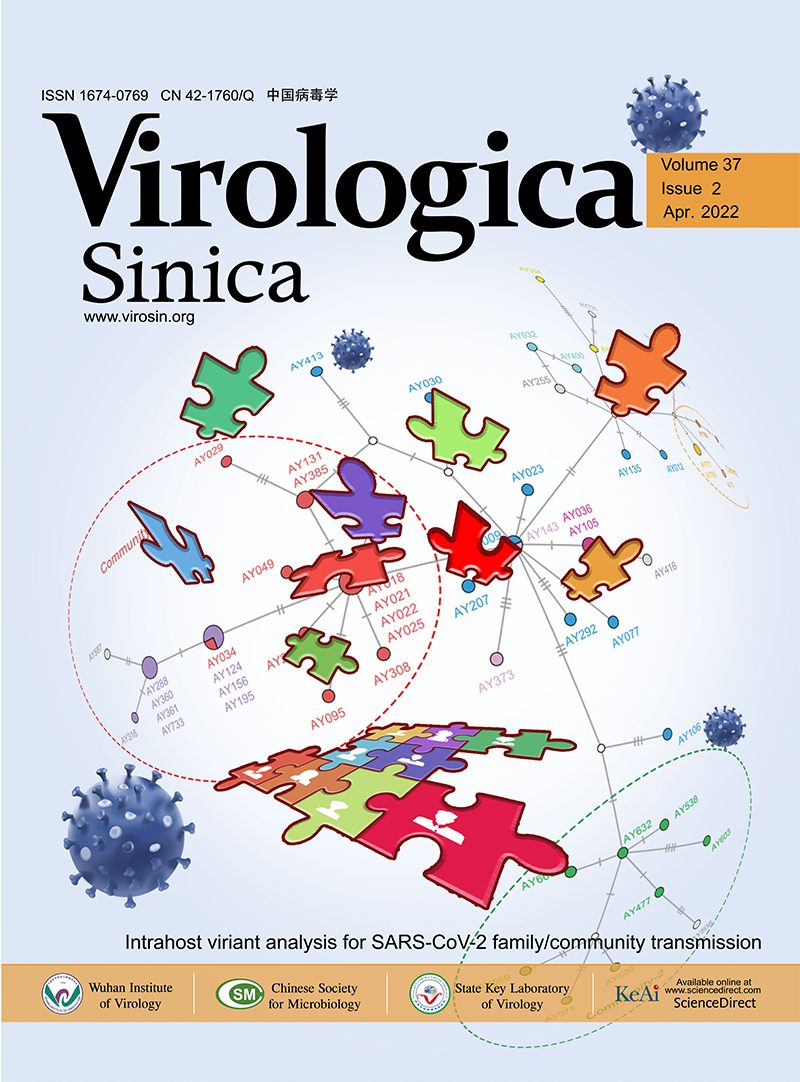-
Adriaenssens, E.M., Brister, J.R., 2017. How to name and classify your phage: an informal guide. Viruses 9, 70.
-
Howard-Varona, C., Hargreaves, K.R., Abedon, S.T., Sullivan, M.B., 2017. Lysogeny in nature: mechanisms, impact and ecology of temperate phages. ISME J. 11, 1511–1520.
-
Hurwitz, B.L., Sullivan, M.B., 2013. The Pacific Ocean virome (POV): a marine viral metagenomic dataset and associated protein clusters for quantitative viral ecology. PLoS One 8, e57355.
-
Jamieson, A.J., Fujii, T., Mayor, D.J., Solan, M., Priede, I.G., 2010. Hadal trenches: the ecology of the deepest places on Earth. Trends Ecol. Evol. 25, 190–197.
-
Jian, H., Yi, Y., Wang, J., Hao, Y., Zhang, M., Wang, S., Meng, C., Zhang, Y., Jing, H., Wang, Y., Xiao, X., 2021. Diversity and distribution of viruses inhabiting the deepest ocean on Earth. ISME J. 15, 3094–3110.
-
Mobberley, J.M., Authement, R.N., Segall, A.M., Paul, J.H., 2008. The temperate marine phage fhap-1 of Halomonas aquamarina possesses a linear plasmid-like prophage genome. J. Virol. 82, 6618–6630.
-
Ravin, N.V., 2003. Mechanisms of replication and telomere resolution of the linear plasmid prophage N15. FEMS Microbiol. Lett. 221, 1–6.
-
Ravin, N.V., 2011. N15: the linear phage-plasmid. Plasmid 65, 102–109.
-
Ravin, N.V., 2015. Replication and maintenance of linear phage-plasmid N15. Microbiol. Spectr. 3. PLAS-0032-2014.
-
Ravin, V., Ravin, N., Casjens, S., Ford, M.E., Hatfull, G.F., Hendrix, R.W., 2000. Genomic sequence and analysis of the atypical temperate bacteriophage N15. J. Mol. Biol. 299, 53–73.
-
Shen, M., Yang, Y., Shen, W., Cen, L., McLean, J.S., Shi, W., Le, S., He, X., 2018. A linear plasmid-like prophage of Actinomyces odontolyticus promotes biofilm assembly. Appl. Environ. Microbiol. 84 e01263-18.
-
Yoshida, M., Yoshida-Takashima, Y., Nunoura, T., Takai, K., 2015. Identification and genomic analysis of temperate Pseudomonas bacteriophage PstS-1 from the Japan trench at a depth of 7000 m. Res. Microbiol. 166, 668–676.
















 DownLoad:
DownLoad: